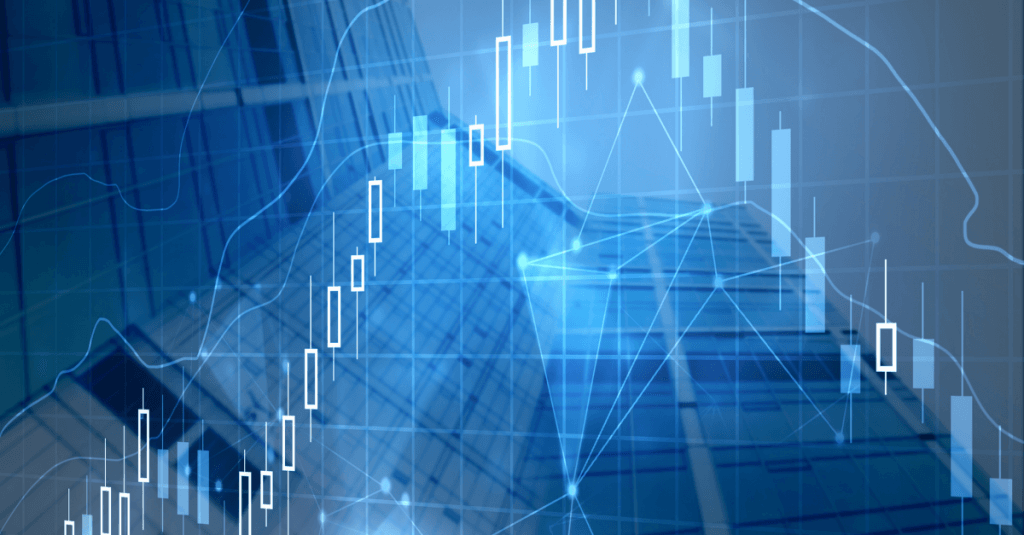CFD is an acronym which stands for Contract for Difference.
CFDs are financial instruments that allow traders to take advantage of price differences in stocks, commodities and many other types of financial vehicles. As differences between opening and closing prices fluctuate day-by-day, CFD traders attempt to profit from the changes in price that occur, and they do that in a very similar way to traditional forex trading.
The CFD has an opening value when it is purchased, and whether the trader makes money or must pay a difference depends on the value of the CFD when it is sold. CFDs are directly connected to whatever assets they represent which means that the values of both the CFD and its connected asset fluctuate relatively.
How CFD Trading Works
In CFD trading, a trader opens a position and chooses the volume of CFDs that he/she wants to trade. The profit gained or loss incurred depends on the number of points that move for or against you.
- Long Position
This position is taken by a trader who believes that the value of the CFD will rise and hence buys it. Let’s look at an example. Say UK100 is trading at 7050 and you believe that UK100 will rise in value. You open a position of 10 UK100 CFD at 7050. The price rises to 7095 by 45 points. Therefore you gain a profit of (7095-7050)*10=$450. If the price dropped by 45 points instead of rising as anticipated, you would have made a loss of $450.
- Short Position
When a trader believes the price will fall, he/she will sell the CFD. Let’s take a look at an example. Say Gold is trading at 1234. You open a sell position of 5 Gold CFD at 1234. The price drops to 1210 by 24 points. Therefore you gain a profit of (1234-1210)*5=$120. If the price moved against you by 24 points, then you would have lost $120.
Financial Instruments Traded as CFDs
CFDs allow traders to trade the underlying asset without actually owning it. Underlying assets provide the basis on which CFDs derive their value. Hence, numerous financial instruments may be traded as CFDs. These instruments are and not limited to:
- Indices such as UK100, NASDAQ 100, S&P 500 among others.
- Commodities such as gold and oil.
- Shares/Equities such as General Electric, JP Morgan and Goldman Sachs.
- Currency pairs either major, minor or exotic pairs.
- Bonds issued by countries such as Japan Bond and Euro Bond.
- Energies such as Natural gas.
- Exchange Traded Funds (ETFs) such as Dow Jones U.S Real Estate Index Fund.
Differences and Similarities between CFDs and Forex
The biggest difference between CFDs and other types of trading is that the traders do not own the assets they trade. Unlike in forex, where it is necessary to purchase currencies in order to benefit from market fluctuations, a CFD trader can focus on the differences of the opening and closing costs of the commodity at a very minimal cost. In short, CFDs allow a person to take out a contract for the change that he thinks will happen, without needing the capital to purchase large amounts of assets.
Pros and Cons of CFD Trading
CFDs come with many advantages:
- CFDs are growing in popularity very quickly due to the cheap purchase prices, tax benefits and ease of use. It is possible to trade in CFDs all over the world.
- They are short-term investments by design, but there is no actual time limit on a CFD. That means once a contract is taken out, a trader can sit on the CFD as long as they wish until the difference they are looking for becomes favourable.
- CFDs can be leveraged. This is controlling a huge position with small capital.
- They also allow trading on both rising and falling markets.
- CFDs can be traded on a variety of financial instruments on the same trading platform.
- CFDs can also be used to hedge against loss. For example, if you have physical stock of a company which you believe may drop. You may open a short position on the stock’s CFD to protect against loss.
There are a few potential downsides with CFDs that traders must take into account:
- CFDs are not yet legal in the US
- CFDs are considered to be high-risk investments which can be seen as either a pro or a con depending on a trader’s level of expertise. Anyone dealing with CFDs should maintain a sound strategy, not allowing emotions to affect investment decisions. It is important to speak with an investment expert when reviewing options.
- Due to the nature of non-ownership of trading assets when it comes to CFDs, transaction rates are often higher than those of spot trading transactions commonly found with Forex.
- CFDs are not highly regulated as compared to other financial instruments. Hence, it is necessary to check on the reputation of a broker before investing.
Who is CFD Trading For?
Beginners can benefit hugely from CFD trading because they do not actually own the assets that they are able to trade using CFD instruments. They are able to access many markets that would otherwise be either too expensive to take part in or too complicated. In the same vein, trading professionals can also take advantage of the low cost and greater range of markets made available by CFDs.
Final Thoughts
The fact that you can trade the different financial instruments without having to physically own them is why CFDs have gained popularity over the years. CFDs can be used to diversify investment portfolios of traders and offer a new way of trading.
To read more articles about trading, take a look at our Forex Education page here.
